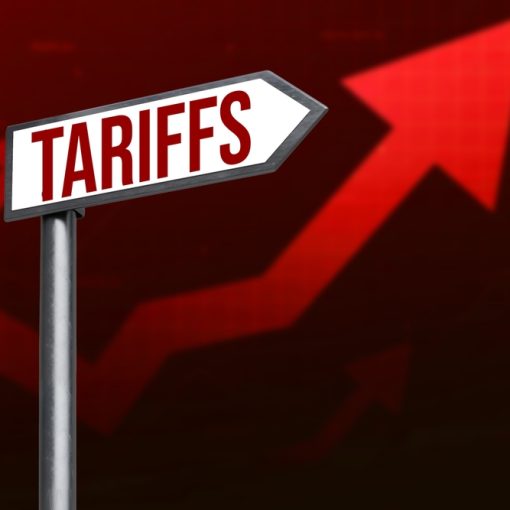By Sanjoy Ghosh, Chief Investment Officer of Covestor
Imagine the following scenario: It’s World Cup soccer, and your team just scored a goal. It’s a great feeling — and easy to forget that while the goal may put you temporarily in a position of advantage, that position may be short-lived.
I see a very similar psychology in investing. Investors went through the most agonizing financial event of our lifetimes with the recent global financial crisis. But a couple of good years of growth in the market, and we as investors tend to forget how easily it can all fall apart. Everyone seems to have a high-risk tolerance in an up market, even with news of turmoil in the Middle East and Ukraine.
Given where we are today, with the S&P 500 having risen 30% in 2013 and more than 6% so far this year, it’s probably smart to give this phenomenon of behavioral finance some thought, and reconsider your asset allocation.
This week, stocks did open lower, as investors remained wary given the conflicts in Gaza and Ukraine. But indexes haven’t fallen to any degree that could qualify as a “correction.”
I’ve designed a number of risk tolerance questionnaires, and it’s a challenge, when markets are up as they are today, to help investors recall with sufficient force the pain and even panic of a market correction.
Take a typical question used to gauge risk tolerance:
How would you feel in a scenario where you experienced a 20 % decline in your portfolio in the next three years?
If you answer this question on a good day, when the sun is shining and your job is going well, and the market is up, you will feel optimistic. You may take the perspective that you will be able to weather that 20% loss of your life savings.
But now, think about whether you would be as able to tolerate that 20% decline in an environment when your job was at risk and you just found out your home needs a new roof. And all signs in the economy are awful and you don’t know if the market will keep sliding down.
Remember: It isn’t entirely a coincidence that when the market falls you may find you have other problems too. When the market is down, it’s often because the economy is also in decline, and suddenly companies are laying off workers. You or your spouse could lose your job in that scenario, all while your nest egg is taking a big hit.
And then layer on top of that just one bit of bad luck — an illness or a personal crisis, and suddenly you can see a picture that is much more bleak than what you imagine on that sunny day when things are going well enough that you have time to take a risk questionnaire.
If you can’t handle this worst-case scenario, you’re likely to sell at the worst possible moment. You might want to be more conservative.
Time horizon matters
And of course this worst-case scenario imagined by the investor three years in the future doesn’t help them calculate how such a drawdown could delay or diminish the retirement they would like to begin in, say, 10 years’ time.
The typical market cycle lasts about seven years. If you are seven years from retirement, and you choose an asset allocation, you should be able to see something like the expected return over the cycle. If you are less than seven years to your projected retirement date, you will need to be more conservative.
Or here are some other ways to think about your risk tolerance: You might have an account that is for your retirement and you may think of that as sacrosanct. You may have other accounts that are are more aggressive. Maybe you have an investment that you hope to use to buy that ski house someday.
The way I think of this is “core” and “satellite.” Core is where the bulk of your assets should lie. Satellite is more the risk-seeking component where you are trying to get outsize gains.
For your core portfolio — depending on everything from the size of your holdings, your age, and the lifestyle you want to lead in retirement, you can think about how aggressive to be with that part of your holdings. My suggestion would be that with the core segment you can go with a passive investments strategy, to match market returns at low cost.
In that account, you can design a mix of bonds and stocks that is right for your age and your level of true risk tolerance — not your sunny day risk tolerance.
Your satellite segment is where you can look for active strategies where you are trying to beat the market. Maybe it’s emerging managers, given that newer funds have been shown to have the capacity to outperform more established funds. Or perhaps it’s alternatives, such as gold or hedge funds.
This allows you to check your invincibility at the door, while still trying to get some outsize returns.
Photo credit: trombone65 via Flickr Creative Commons
To learn more about how Covestor works, contact our Client Advisers at clientservices@interactiveadvisors.com or 1.866.825.3005. Or you can try Covestor’s services with a free trial account.
DISCLAIMER: The information in this material is not intended to be personalized financial advice and should not be solely relied on for making financial decisions. All investments involve risk, the amount of which may vary significantly. Past performance does not guarantee future results.




